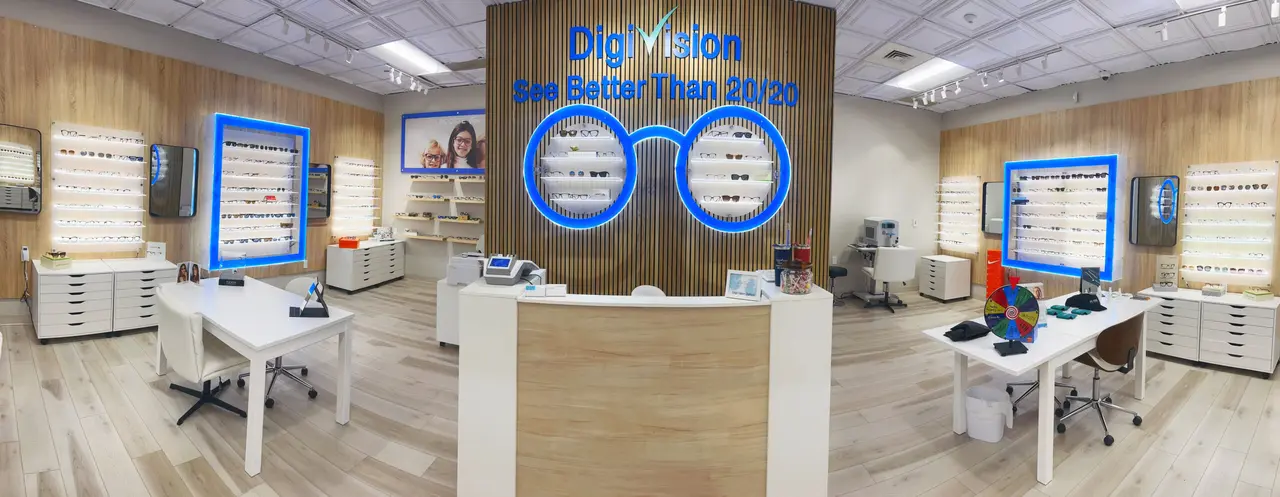Advanced vision care has transformed the way we detect, treat, and manage eye conditions. This blog explores the cutting-edge technologies that are paving the way for better patient outcomes and enhanced visual health.
1. Digital Imaging
Digital imaging technologies like OCT (Optical Coherence Tomography) provide detailed cross-sectional images of the retina, helping specialists diagnose and monitor conditions more effectively.
Furthermore, techniques like fundus photography capture high-resolution images of the inside of the eye. This allows for a comprehensive view of ocular health, enabling early detection of diseases such as diabetic retinopathy.
These imaging advancements not only facilitate routine evaluations but also enhance our ability to track the progression of diseases over time. As a result, practitioners can make informed decisions about treatments that best suit their patients’ needs.
In addition, with the integration of artificial intelligence in imaging processes, the accuracy of diagnoses can be further maximized. Algorithms can assess images swiftly and detect subtle changes that even experienced practitioners might overlook.
2. Telemedicine
With telemedicine, patients can consult eye care professionals remotely, making it easier to access care and receive timely advice without the need for in-person visits.
This innovation has opened new doors, especially for individuals living in remote areas who may have limited access to specialized eye care. Through virtual consultations, patients can discuss their concerns and receive expert insights from the comfort of their homes.
Moreover, telemedicine has become invaluable during situations where in-person visits may not be feasible, such as during health crises. By integrating this technology, advanced vision care ensures that patients continue to receive the attention they require.
As convenience meets quality care, many practitioners have reported increased patient satisfaction with telemedicine services. Not only does this foster better communication between patients and providers, but it also encourages individuals to prioritize their eye health.
3. Advanced Diagnostic Tools
Technologies such as wavefront aberrometry and automated visual field testing allow for precise measurement of vision issues, aiding in personalized treatment plans.
Wavefront aberrometry, in particular, analyzes how light travels through the eye to pinpoint specific irregularities. This level of detail helps tailor corrective lenses or surgical options that align perfectly with a patient’s unique visual needs.
On the other hand, automated visual field testing evaluates a patient’s peripheral vision, revealing blind spots that could indicate serious conditions like glaucoma. Early detection through these advanced tools can result in timely interventions that save vision.
These technologies not only enhance diagnostic accuracy but also empower patients by involving them in the treatment process. Understanding the technologies used in their care can make patients more proactive about their health.
4. Surgical Innovations
Techniques like laser-assisted surgeries and robotic systems enhance the precision of eye surgeries, resulting in faster recovery and improved safety for patients.
Laser procedures, such as LASIK, have revolutionized how we correct refractive errors. These methods use focused light beams to reshape the cornea with incredible accuracy, often reducing or eliminating the need for glasses or contacts.
Robotic systems, providing an additional layer of precision, allow surgeons to perform delicate procedures while minimizing the risk of complications. By utilizing these technologies, ophthalmologists can achieve outcomes that previously seemed unattainable.
Moreover, advancements in post-operative care technologies continue to monitor recovery closely, ensuring that any complications can be addressed promptly. This integrated approach to surgery not only enhances patient safety but also significantly improves satisfaction rates.
5. Smart Contact Lenses
Smart contact lenses equipped with sensors and microchips can monitor glucose levels in diabetics and help manage other health conditions while also providing vision correction.
These innovative devices represent a leap forward in combining vision correction with health monitoring. Individuals with diabetes, for example, can receive real-time updates on their glucose levels directly through their lens.
Furthermore, the research into augmented reality (AR) capabilities for smart lenses is paving the way for enhanced visual experiences. Imagine being able to overlay useful information on your field of vision without the need for additional devices.
In essence, the future of smart contact lenses holds immense potential not only for enhancing vision but also for integrating critical health insights into our daily lives, embodying the essence of advanced vision care.
Conclusion: Embracing Innovation in Vision Care
In summary, the technologies used in advanced vision care are not only innovative but also crucial for improving patient care. By understanding these tools, patients can better appreciate their options and the advancements available to them.


